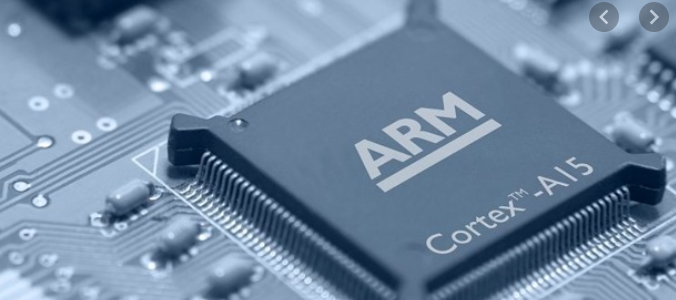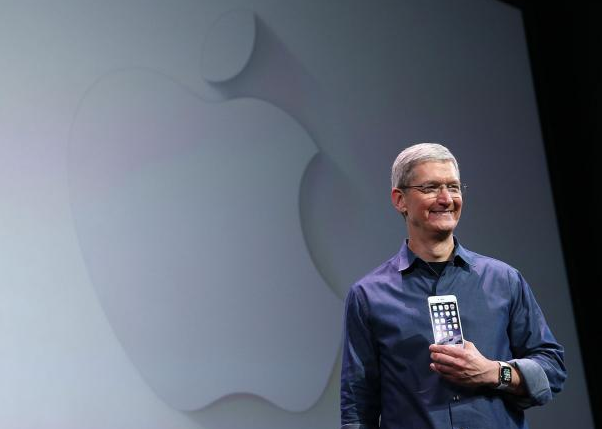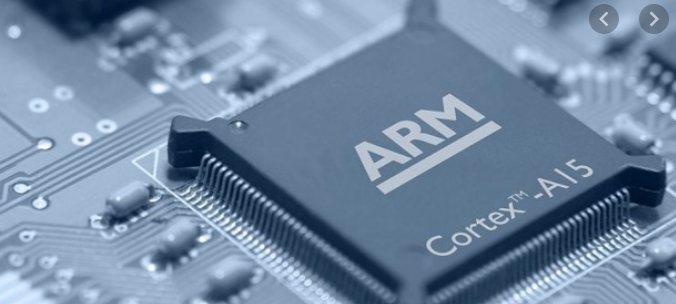
Apple to use its own new processors in future Mac


Apple is to use its own new processors in future Macs (desktops and laptops) ending a 15-year-long partnership with Intel for chips.
The powerful new chip will make it easier for developers to write and optimise apps for Apple products. According to Apple, they plan to ship the first Mac with its own chip by the end of the year.
Apple CEO Tim Cook called it a historic day for the Mac and detailed the transactions to PowerPC Mac OSX, and the move to Intel chips before unveiling its plans to use Apple’s own ARM-powered silicon in Macs in future.
The biggest addition this move to ARM-powered chips brings is the ability for the IOS and iPadOS apps to run natively on macOS in the future. Most apps will work meaning you will be able to run native macOS apps alongside native iOS apps side by side for the first time.
Apple is promising new levels of performance and less power consumption with its move to in-house processors. Apple is designing its own range of SoC for Macs, with features unique to Mac. The common ARM-based architecture across Apple’s products should now make it easier for developers to write and optimize apps across every major Apple device.
Apple’ sown pro apps will be updated to support the company’s new silicon in macOS Big Sur, and the company is hoping developers will update their apps. Craig Federighi, Apple’s senior vice president of software engineering said “ the vast majority of developers can get their apps up and running in a matter of days”.
Microsoft is working on Office updates for the new Mac Silicon, and Word and Excel are already running natively on the new Mac processors, with PowerPoint even using Apple’s Metal tech for rendering. Apple has also been working with Adobe to get these pro apps up and running on these new chips. Apple demonstrated Lightroom and Photoshop running on the company’s new Macs with a 5GB Photoshop PSD running natively with smooth animations.
macOS Big Sur will also include a new version of Rosetta which Apple used previously for the PowerPC shift to Intel-based Macs, and Rosetta 2 will automatically translate existing apps at install time, meaning even if developers haven’t fully updated their apps, they should still work without modification. Apple is also using virtualization for running versions of Linux on these new Macs.
Developers will also be to get access to a Developer Transition Kit in the form of a Mac mini enclosure with Apple’s A12Z chip, 16GB of RAM, and a 512GB SSD.
